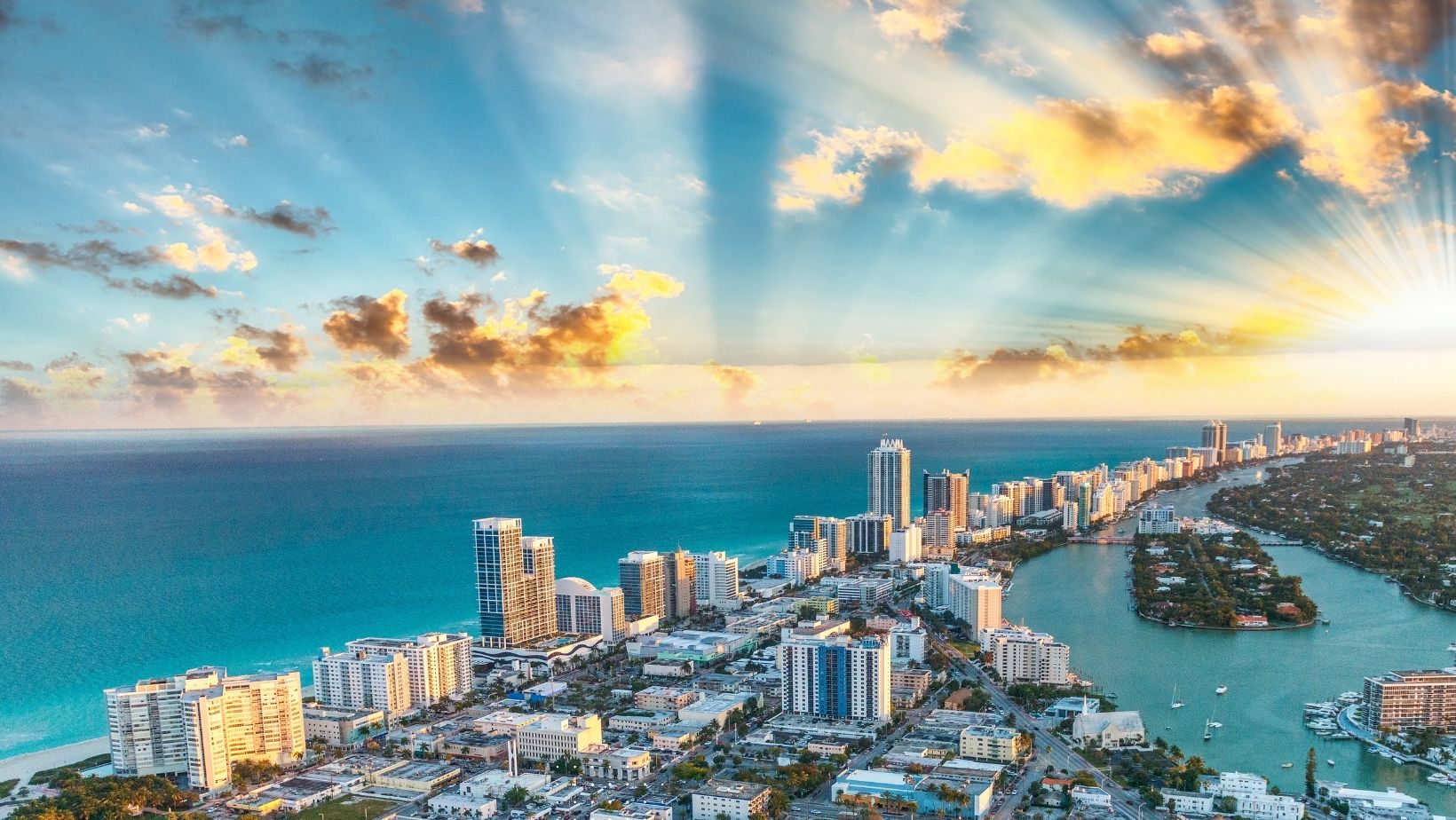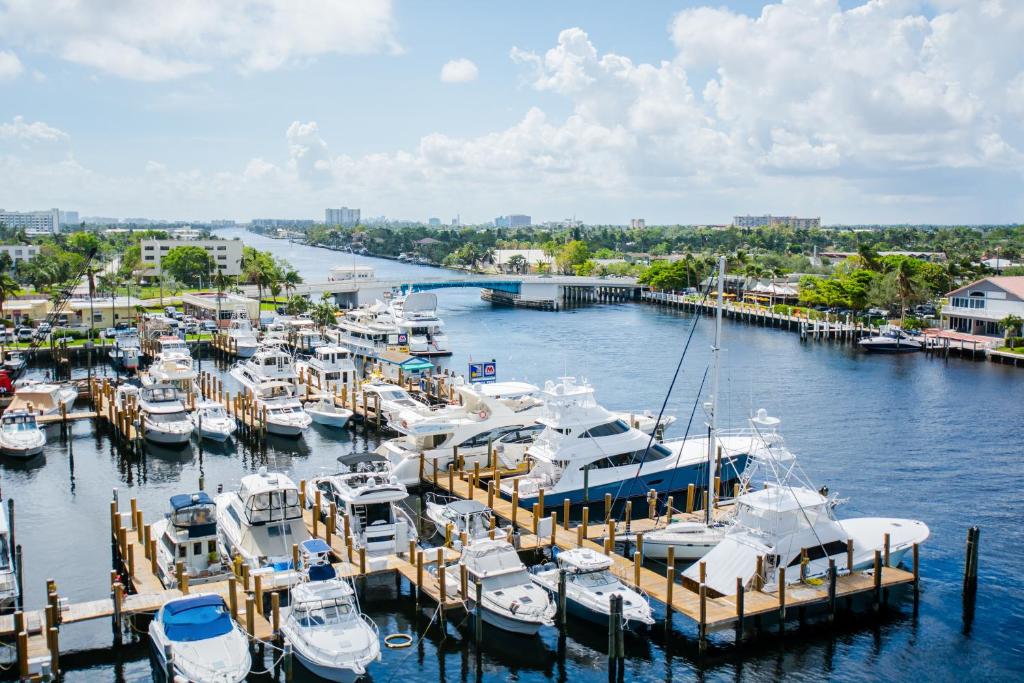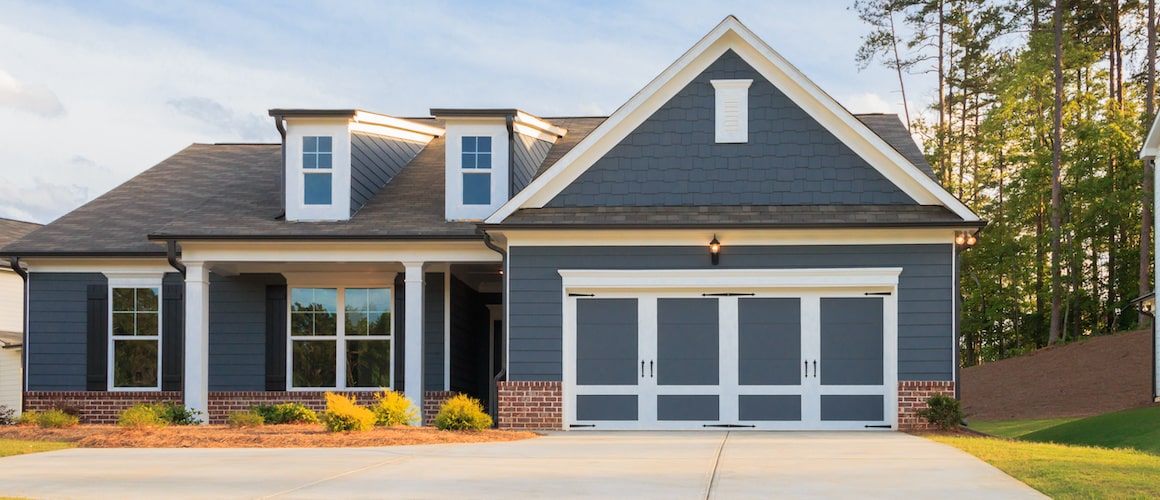Manatee County Tightens Construction Dust Regulations After Persistent Resident Complaints
Ongoing Battle Against Construction Dust Prompts Stricter Oversight
Residents across Manatee County neighborhoods continue their struggle against construction dust, despite regulations implemented last year to address the issue. The county commission recently approved additional measures aimed at providing greater accountability for developers whose construction activities impact surrounding communities.
The problem first gained significant attention in April 2023 when Foxbrook subdivision residents reported heavy dust from adjacent development activities causing respiratory problems, hazardous driving conditions, and increased cleaning expenses. Now, a year later, residents claim the initial regulatory response has failed to deliver meaningful improvements.
"We're still finding constant dirt in our homes, yards, and vehicles," said Elizabeth Arnold, a resident affected by dust from the Rye Ranch construction site in Parrish. "Weather events that cause these dust storms are typically forecasted days in advance, yet developers seem unwilling to take preventive measures that might slow their construction timelines."
Initial Regulations Proved Insufficient
Following the first wave of complaints in 2023, Manatee County officials established requirements for developers to implement dust control plans. These included:
- Limiting land clearing to 100 acres at a time
- Halting construction when wind speeds exceed 15 mph
- Installing sod in cleared areas
- Facing penalties for non-compliance, including construction shutdowns and fines
Despite these measures, residents report minimal improvement in their living conditions. The persistent nature of the problem suggests that some developers may view compliance penalties as merely a cost of doing business rather than incentives to change their practices.
"Nine times out of ten, developers will simply calculate the fines into their project costs," noted Dalton Nelson, another affected resident. "They prioritize completing $400,000 to million-dollar housing projects quickly over addressing the impacts on neighboring communities."
New Enhanced Monitoring and Control Requirements
Recognizing the ineffectiveness of previous measures, the Manatee County Commission voted 6-0 to implement stricter oversight mechanisms. The enhanced regulations require:
- Installation of cameras with live feeds at developments exceeding 100 acres
- Designated haul paths for construction equipment within development sites
- Weekly reporting of dust control measures implemented
- Potential future requirements for air quality and dust monitoring
Commissioner George Kruse acknowledged that while these new rules might not completely resolve the issue, they represent progress toward a more comprehensive solution. "We're working toward better regulations. What we're implementing today will help us monitor the problem more effectively while we develop longer-term fixes," Kruse explained.
Impact on Multiple Communities Across the County
The dust problem isn't limited to a single development. Residents near the SeaFlower development in West Bradenton have reported similar concerns. Commissioner Tal Siddique, who represents District 3 where SeaFlower is located, expressed measured optimism about developer cooperation.
"Some land developers appear willing to work with us, as evidenced by their seeding efforts on portions of their properties," said Siddique. "However, the fundamental challenge remains with those who view regulatory compliance merely as a business expense."
The widespread nature of complaints suggests that rapid development throughout Manatee County has outpaced the regulatory framework's ability to protect established neighborhoods from construction impacts.
Future Regulatory Considerations
County officials aren't stopping with the recently approved measures. They plan to explore additional regulatory approaches by:
- Studying successful dust control protocols implemented in other growing communities
- Potentially requiring phased construction completion before allowing work to begin on new sections
- Implementing restrictions on total development areas for single or multiple owners
- Establishing more rigorous standards for air quality monitoring
These potential future regulations aim to address the systemic nature of construction dust issues rather than simply responding to complaints after damage has occurred.
"We understand residents' frustration," noted a county spokesperson. "The commission is committed to finding solutions that balance development needs with quality of life for existing residents."
Insights: Understanding Construction Dust Challenges
Why does construction dust pose such a significant problem for nearby residents?
Construction dust contains particulate matter that can trigger respiratory issues, especially among those with pre-existing conditions like asthma or COPD. Additionally, the dust creates a constant cleaning burden for households, with residue accumulating on surfaces inside homes, vehicles, and outdoor spaces. For many residents, this represents both a health and financial burden.
Why haven't the previous regulations been effective?
The primary challenge appears to be enforcement and economic incentives. When penalties are viewed as simply another project cost rather than a meaningful deterrent, developers may calculate that paying fines is more economical than implementing comprehensive dust control measures. Additionally, weather events can overwhelm basic dust control systems if not adequately prepared for in advance.
What makes effective dust control challenging for developers?
Large-scale developments often involve extensive land clearing that leaves soil exposed to wind erosion. Water trucks can temporarily suppress dust, but require consistent application, especially during dry or windy conditions. This adds costs and can potentially slow construction schedules. Additionally, some dust control methods like hydroseeding or installing sod require time to become effective.
How do other rapidly developing regions handle construction dust issues?
Communities in arid regions like Arizona and Nevada have implemented more stringent dust control requirements due to their naturally dusty conditions. These often include mandatory dust control training for site managers, specific requirements for dust suppressants based on soil conditions, and real-time air quality monitoring with automatic notification systems when thresholds are exceeded.
Could technology improve compliance and enforcement?
The new camera monitoring requirement represents a step toward technological solutions. Advanced approaches might include automated dust monitoring stations that provide real-time air quality data, satellite or drone monitoring of development sites, and app-based reporting systems for residents to document violations. These technologies could provide objective data for enforcement while reducing the burden on county inspectors.
The ongoing struggle between Manatee County residents and developers highlights the growing pains associated with rapid development in Florida communities. As the county commissioners continue refining their regulatory approach, both residents and developers will be watching closely to see if the new measures can finally bring the persistent dust problems under control.













